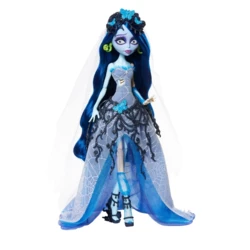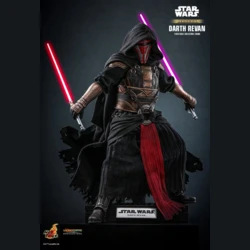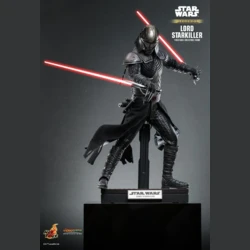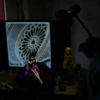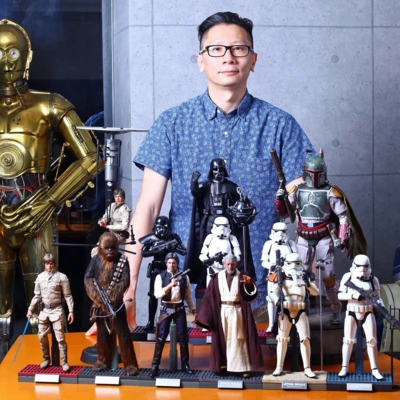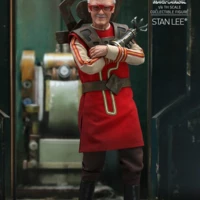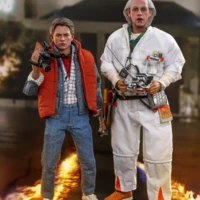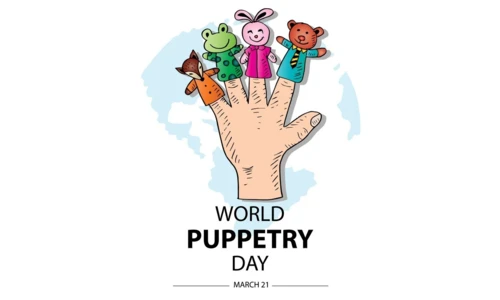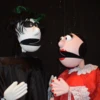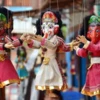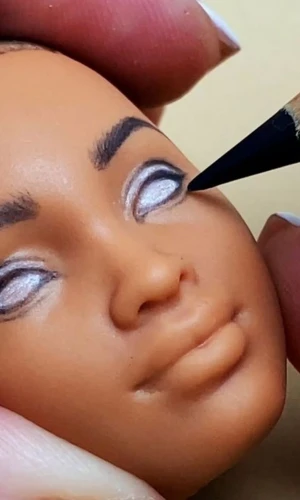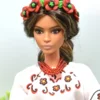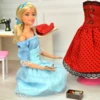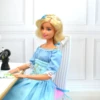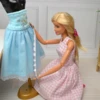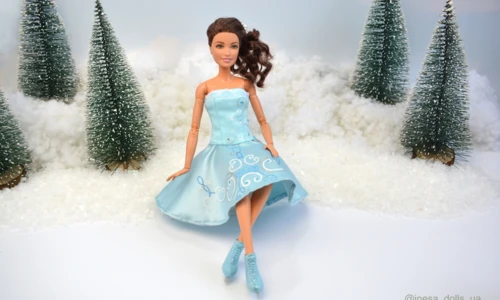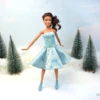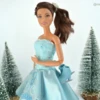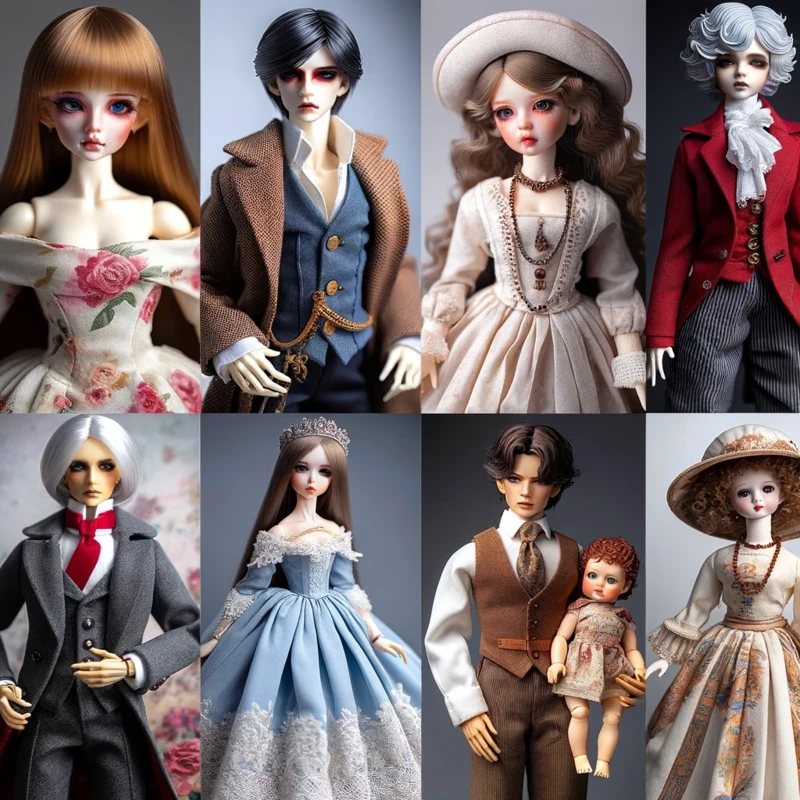
A passion for dolls can be a wonderful and rewarding experience filled with creativity, history and personal expression. Whether you're drawn to the nostalgia of classic dolls, the artistry of modern dolls, or the community of fellow collectors, this diverse hobby has a place for everyone. This guide will provide you with a road map to begin your journey into the world of doll collecting.
Identify your interest
• Types of dolls: There are different types of dolls to explore - from antique porcelain dolls to modern fashion dolls and everything in between. Explore which type resonates with you.
• Themes and Eras: Some collectors focus on a particular era or theme, such as Victorian dolls, celebrity dolls, or culture-specific dolls.
• Purpose: Determine whether you are interested in collecting for value, aesthetic pleasure, or historical significance. And maybe for the sake of business and resale.
Understanding different types of dolls
Before diving into the brands, it is very important to understand the different types of dolls available:
• BJD (Ball-Jointed Doll): Known for their realism and articulation, BJDs are often produced in very rare or single runs and have ball-and-rubber joints in the middle of the body. They are easy to customize and are popular among adult collectors.
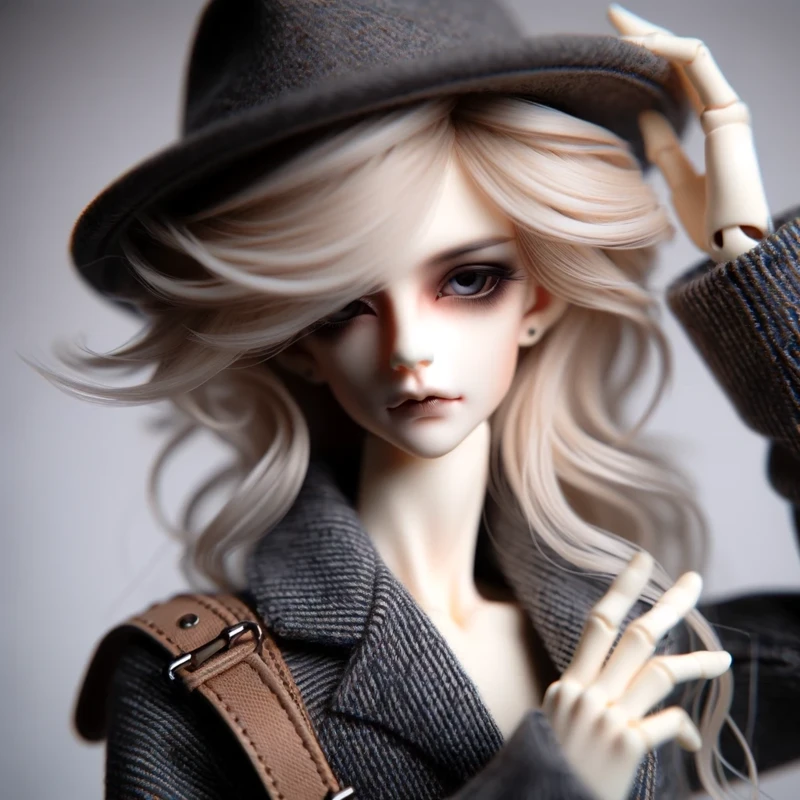
Action Figures: Often based on characters from movies, comics, or video games, action figures are more than toys—they're collectibles with a huge following around the world.

Play dolls: These are dolls designed primarily for play. They are durable, come with a variety of accessories, and are often based on popular culture characters or fantasy themes.
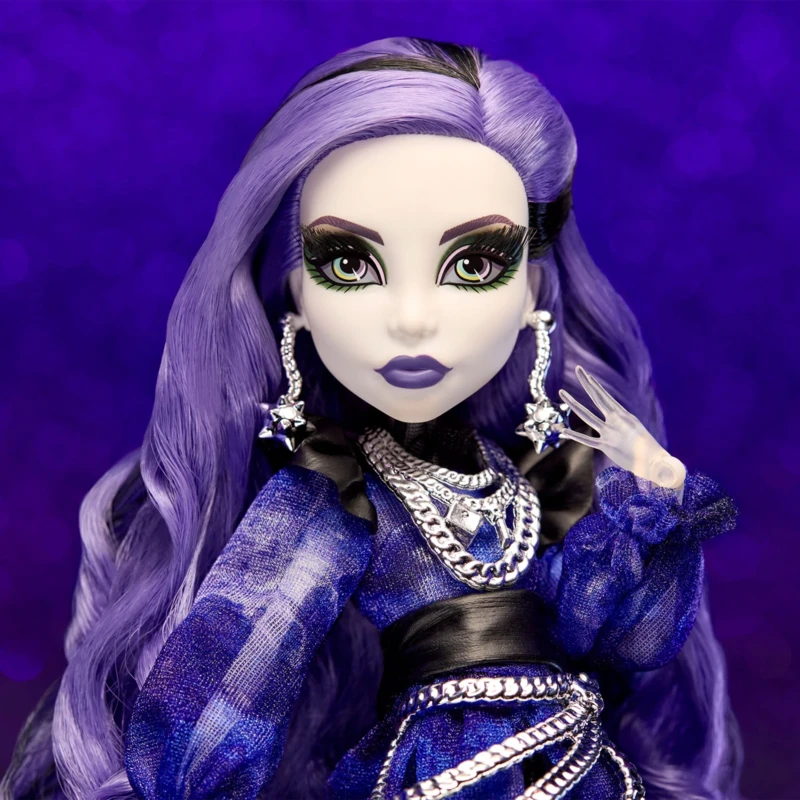
Fashion Dolls: These dolls focus on fashion and design, often with a wide range of clothing and accessories. They can range from popular play dolls to high-end collectibles.
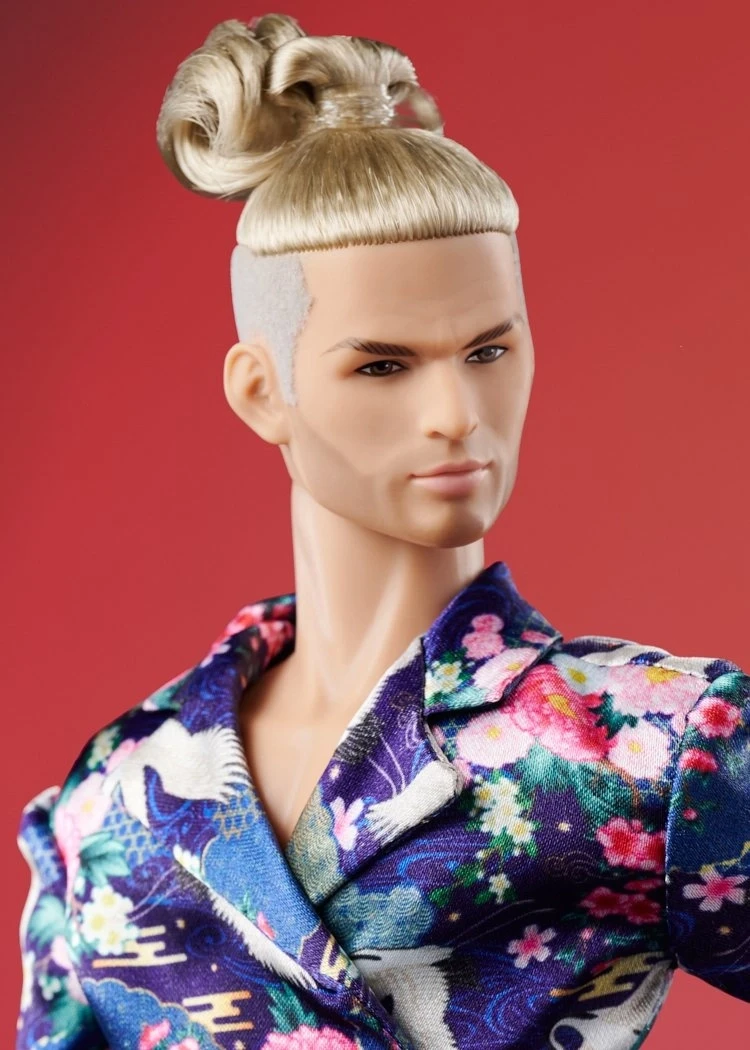
Porcelain Dolls: Known for their exquisite beauty, porcelain dolls are often associated with more traditional collectors. They are usually kept as exhibits for exhibition because of their fragility.

Vintage and Antique Dolls: These dolls are prized for their history and craftsmanship. Collecting them can be a link to the past and an investment in art.

Define the budget
Collecting dolls can range from budget to elite. Decide how much you are willing to spend initially. Also consider future maintenance costs, accessories or additional dolls.
Understanding popular doll brands and their average prices
When starting to collect dolls, it's important to familiarize yourself with some of the most popular brands, each offering unique styles and price ranges:
Barbie: an iconic brand that needs no introduction. Barbies come in a variety of themes and styles, which appeals to a wide audience. The average price of a standard Barbie doll is around $15, but special editions and collectibles can go for over $100, and some on the secondary market can fetch as much as $1,000.
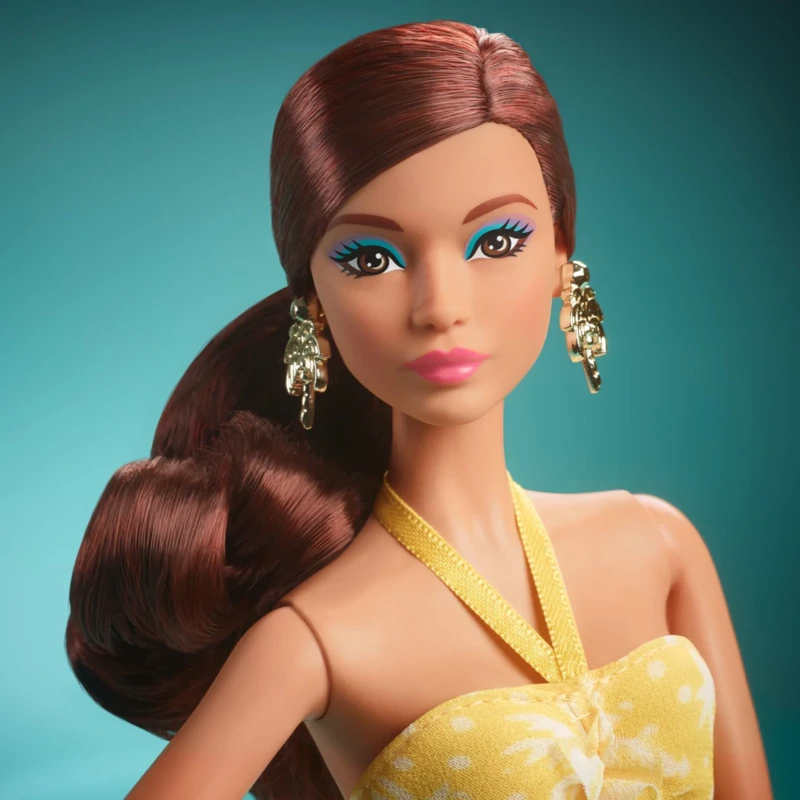
Monster High: These fashion dolls are inspired by monster movies and horror fiction. They are known for their unique and diverse characters. The average price of a Monster High doll ranges from $20 to $30, and limited editions cost more and, like Barbies, are very expensive.
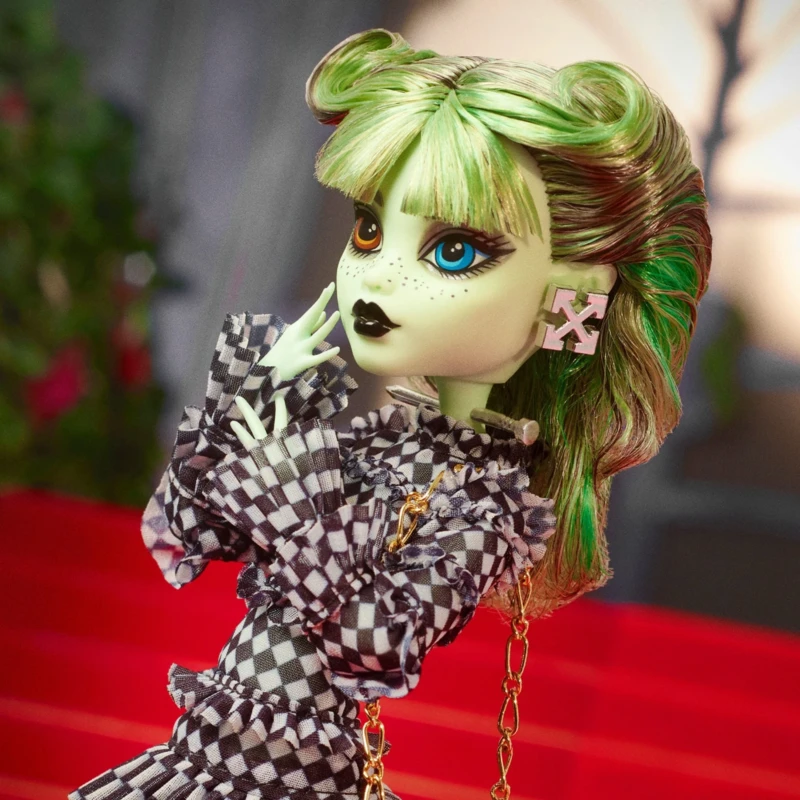
Integrity Toys: This brand is known for its exquisite fashion dolls aimed at adult collectors. The dolls are known for their detailed craftsmanship and exclusive designs, and prices average between $150 and $200 for basic models.

Rainbow High: A newer brand on the market, these dolls are characterized by bright colors and modern fashion. They are quite affordable, the average price is about 30 dollars.

Disney Dolls: These dolls bring beloved Disney characters to life and vary widely in price, averaging from $20 to $50, depending on the doll and collection. These dolls are produced by various brands under the Disney license and can be both cheaper and very expensive.
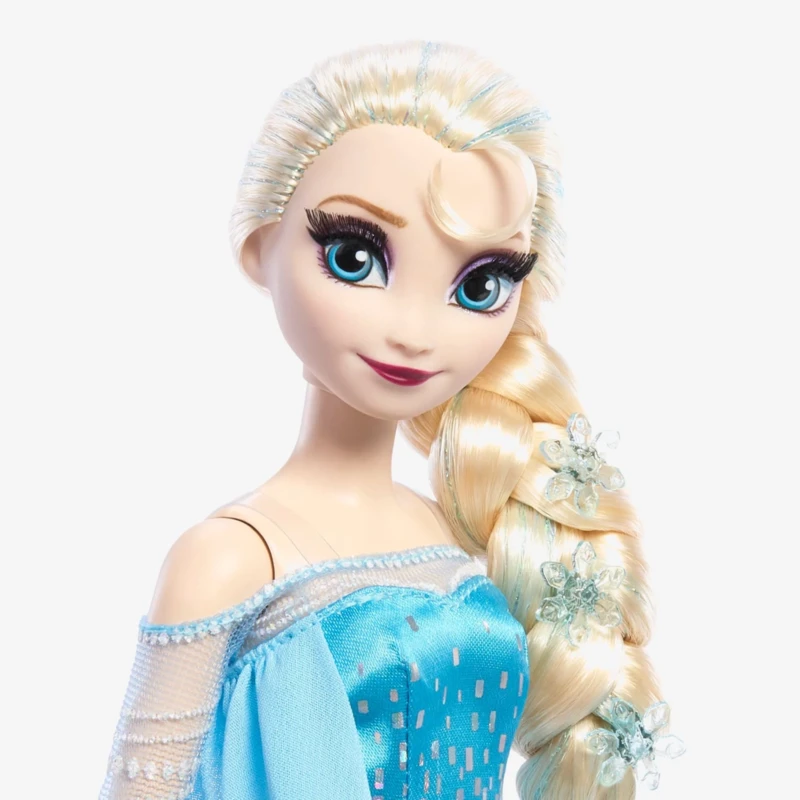
Bratz: Known for their bold style and makeup, Bratz dolls hold a unique place in the doll world. A typical Bratz doll costs about $25, but rare and collectible editions can cost more.
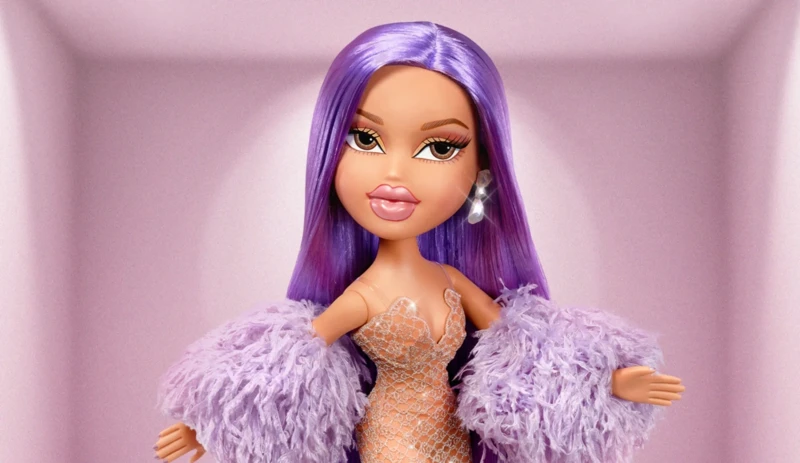
BJD (Ball-Jointed Dolls): BJDs can vary greatly in price due to their individuality and craftsmanship. Basic models can start at $100, but fully customized or limited edition dolls can cost several hundred dollars, and in some cases even over $1,000. Due to the high variety and rarity of each doll, they are highly valued not only by collectors, but also by those who copy them and sell them cheaper, pretending to be original - such dolls are also called "recast". Therefore, each doll often comes with unique packaging and a certificate of authenticity.
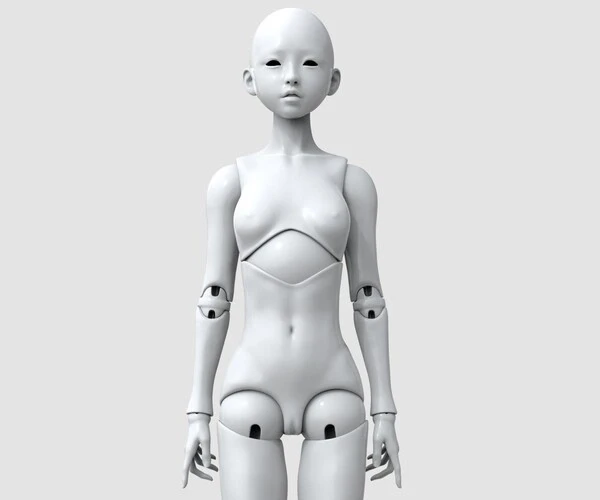
Action Figures: Prices for action figures can vary greatly depending on brand, rarity, and edition. Mass-produced figures can cost around $10, but limited editions or collectibles, especially from popular franchises, can cost anywhere from $50 to several hundred or even thousands of dollars.

Where to buy dolls and features of purchase
• Retail stores and online stores: Standard and play dolls, such as Barbie and Disney dolls, are usually available in toy stores and online stores. Pricing and availability are transparent, making them an ideal starting point for aspiring collectors.
• Specialty and collectible stores: High-end brands such as Integrity Toys and some BJDs can often be found in specialty stores (most often online stores) or online dealers (most often through messengers or special social groups) that cater to collectors and often specialize on "own" brand or brands. These stores and dealers may offer a limited number of editions.
• Direct from manufacturers or artists: Some dolls, especially high-end BJDs and unique figures, can only be purchased directly from the creators or manufacturers. This route often involves waiting for production and delivery, but guarantees authenticity and quality.
• Secondary Market: Platforms such as eBay, doll forums and collector groups are vital for finding rare, discontinued or vintage dolls. Prices can vary greatly depending on rarity and condition. It is very important to check for authenticity and for damage or missing parts.
• Doll Shows and Conventions: These events are great for collectors to see a wide variety of dolls, including rare and antique options. They provide an opportunity to communicate with other collectors and learn more about the hobby.
• Custom orders and commissions: It is common for BJD enthusiasts to order directly from artists. These dolls are often highly personalized, but can be more expensive and require a longer waiting period.
The specifics of buying in doll collecting
• Availability: Some dolls, especially limited edition, antique, or designer BJD dolls, are not sold in brick-and-mortar stores. Collectors often turn to online auctions, collector forums and conventions to find these rare specimens.
• Condition and Authenticity: When buying, especially on the secondary market, checking the condition and authenticity of the doll is crucial. For vintage dolls, original packaging and intact parts can increase the value significantly.
• Pre-Orders and Limited Editions: For certain high-demand dolls, manufacturers may offer pre-orders. They can sell out quickly, so it's important to be aware of release dates.
• Networking: Joining collector communities can provide insight into where and when to buy a particular doll, and often provides access to private sales and auctions.
Collecting dolls or figurines is a multifaceted hobby that offers endless possibilities. Whether you're drawn to the story of action figures, the elegance of BJDs, or the iconic nature of brands like Barbie, each doll adds a unique element to your collection. Indulge your passion and let your collection grow with your interests.
Dolls in catalog
You may like


